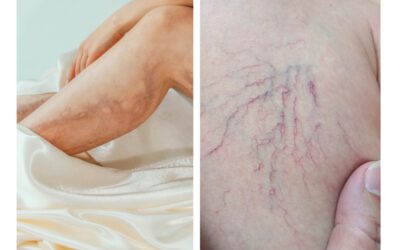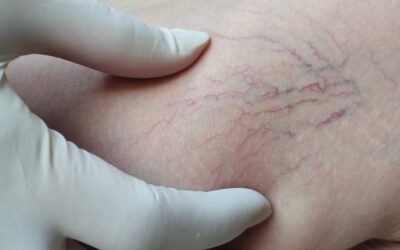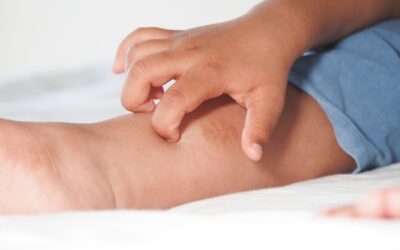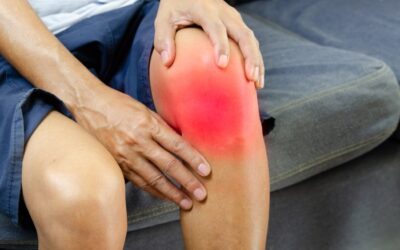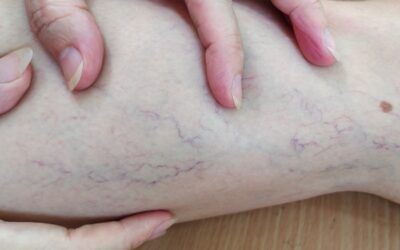When varicose veins start showing up, those twisted, bulging blue or purple veins on your legs, your doctor might recommend compression stockings as the first line of defense. At first glance, it sounds like a simple fix: put on these special socks, and you’ll feel better. And yes, compression therapy does offer temporary relief. But here’s the truth that many people don’t realize: compression stockings do not fix the root of the problem. If you’re relying on them as your only treatment, you may be unknowingly delaying the care you actually need. Let’s dive into why that is—and what better options are available.
Understanding the Root Cause: Valve Malfunction, Not Just Poor Circulation
Inside your veins are tiny one-way valves. Their job? To keep blood flowing upward toward your heart—especially from your legs, where gravity works against you. Over time, due to age, genetics, prolonged standing, or pregnancy, these valves can weaken or fail altogether. This condition is known as venous reflux or chronic venous insufficiency.
When the valves fail, blood begins to pool in the veins instead of moving upward. That’s what causes the veins to swell, bulge, and become varicose. It can also lead to aching, heaviness, swelling, cramping, and even skin changes or ulcers if left untreated.So, where do compression stockings fit in?
What Compression Stockings Actually Do
Compression stockings apply gentle, graduated pressure to your legs—tightest at the ankle, looser toward the thigh. This helps push blood upward and reduce some of the pooling caused by valve failure.
They can:
-
Decrease leg swelling
-
Reduce the sensation of heaviness or fatigue
-
Ease throbbing or cramping
-
Help prevent worsening symptoms
For many, they’re a helpful support—but only while they’re worn.
Take them off, and the symptoms often return. Worse, they do nothing to stop the valve malfunction from progressing. That’s why, while compression therapy is conservative and low-risk, it’s not a cure. Think of it like a bandage—it manages the discomfort but not the disease.
Why Many Patients Struggle with Compression Therapy
Even though stockings are non-invasive and drug-free, patient compliance is a real issue. And it’s not hard to see why:
-
Hard to put on: Especially for older adults or those with arthritis
-
Uncomfortable in warm weather: Can lead to sweating or itching
-
Not stylish: Many patients dislike how they look or feel
-
Difficult to wear daily: They must be worn all day, every day, for consistent benefits
In fact, research shows that only about two-thirds of patients wear their stockings as directed. And the higher the pressure level, the lower the compliance. People simply give up.
Clinical Evidence: Compression vs. Real Treatment
Several long-term studies have compared compression therapy to more proactive vein treatments. The takeaway? Compression helps manage symptoms but doesn’t stop the disease from progressing.
In one notable study, 36% of patients who began with compression therapy eventually opted for surgical intervention because symptoms worsened. Another major trial (the ESCHAR trial) showed that patients who had vein procedures in addition to stockings had significantly fewer ulcer recurrences than those who used compression alone.
Minimally invasive vein procedures like:
-
Endovenous laser ablation (EVLA)
-
Radiofrequency ablation (RFA)
-
VenaSeal (medical adhesive closure)
-
Ultrasound-guided foam sclerotherapy
…actually treat the source of the problem: the damaged or leaky veins.
So, Are Compression Stockings Worth It?
Yes—as a temporary aid. They’re a smart first step for managing early symptoms or for patients who aren’t yet ready for a procedure. They’re also helpful post-procedure to support recovery.
But if you’ve been wearing them for months (or years) with little lasting relief, it’s time to ask a bigger question:
Are you treating your symptoms, or the actual cause?
When to See a Vein Specialist
If you’re dealing with:
-
Persistent swelling or heaviness in your legs
-
Pain after standing or sitting too long
-
Visible varicose veins
-
Skin darkening or ulcers on your lower legs
-
Constant discomfort despite compression use
…it’s time to consult with a vascular specialist.
Today’s treatments are fast, effective, and minimally invasive, often performed in under an hour with no hospital stay. Most patients return to normal activity the same day.
Final Thoughts
Compression stockings are a helpful tool in the toolbox, but they’re not a cure. If varicose veins are impacting your quality of life, it’s worth exploring treatments that don’t just manage your symptoms, but fix the problem. At Premier Vein & Vascular Center, we offer minimally invasive solutions that deliver long-term relief. Schedule a consultation at one of our convenient Houston-area clinics to discuss personalized treatment options with our board-certified vein specialist. We’re here to help you feel better, move easier, and live life with confidence. At Premier Vein & Vascular Center, we’re proud to provide expert care led by Dr. Syed Raza, MD, a board-certified Vein Specialist and Interventional Radiologist with more than 20 years of experience serving the Greater Houston area. Our experienced and dedicated team delivers personalized, minimally invasive treatments designed to restore comfort and confidence. In addition to patients from Houston and surrounding communities, we regularly welcome individuals from across the country who travel to see Dr. Raza for trusted care in varicose vein treatment, spider veins, and even vascular-related knee pain.
Disclaimer:
This blog is intended for informational purposes only and should not be considered medical advice or a substitute for professional consultation, diagnosis, or treatment. Always seek the advice of your physician or qualified healthcare provider with any questions you may have regarding a medical condition.

